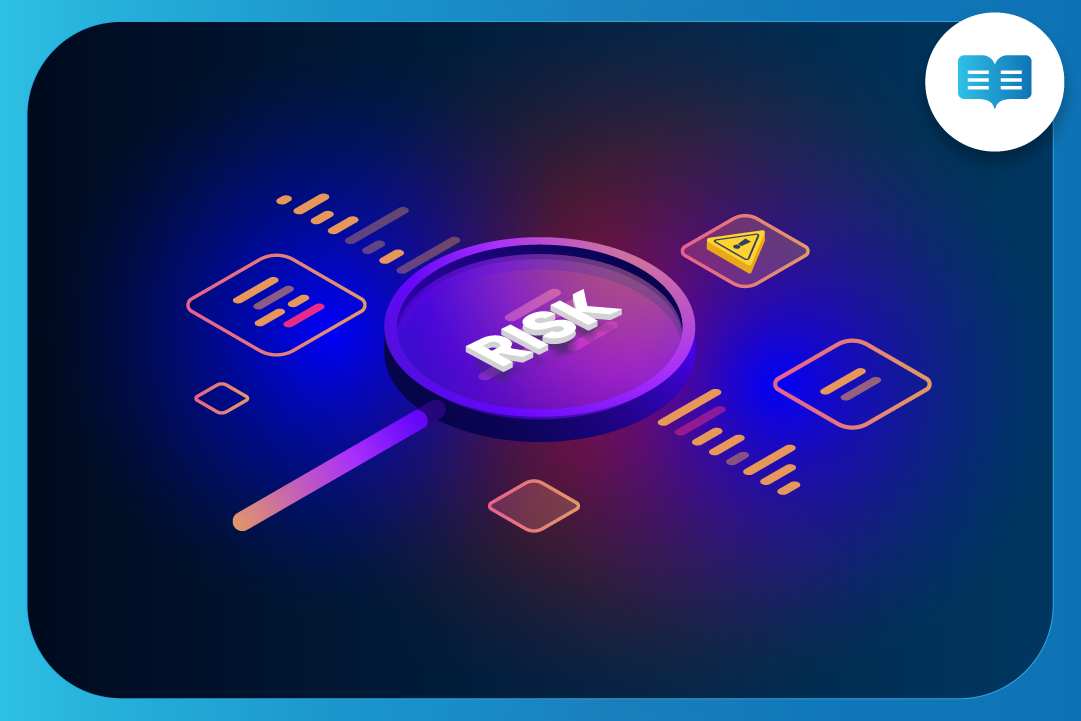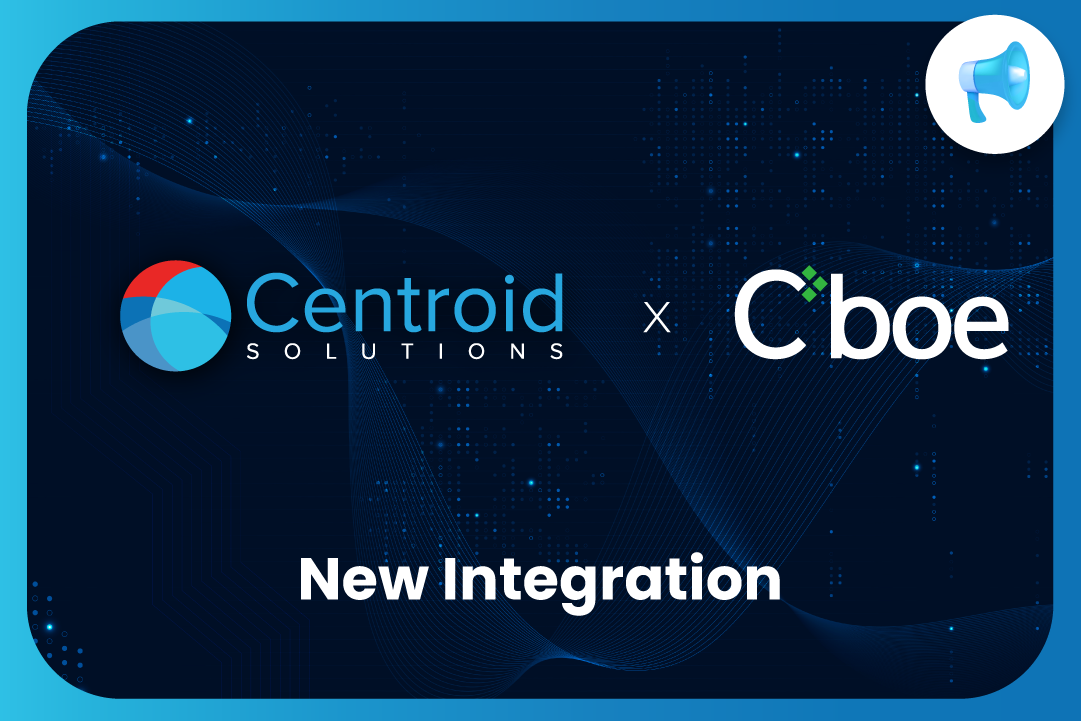News
Stay up to date with everything that’s been going on with Centroid and around the trading world

Brokerage Setup Series: Risk Management
Throughout this series, we’ve explored the essential components required to establish a brokerage—from initial planning to obtaining a financial license, and building the necessary technology and infrastructure to operate efficiently. Now, as we conclude, it’s time to focus on one of the most critical aspects of a brokerage business: risk management.
Risk management lies at the heart of every successful brokerage operation. It ensures stability, protects the business from financial losses, and provides brokers with the tools to navigate volatile markets with confidence.
.
The role of technology in Risk Management
Technology is the backbone of modern risk management, transforming traditional, manual, and reactive processes into intelligent, automated, and proactive systems.
In the past, risk management heavily relied on manual monitoring, retrospective analysis, and static reports. These processes were time-consuming, prone to human error, and often failed to keep up with the fast-moving pace of financial markets.
Now, with advancements in AI and machine learning, risk management has evolved into a highly intelligent and adaptive discipline. These technologies enable brokers to process vast amounts of data, identify patterns, and make accurate, real-time predictions—delivering unprecedented speed and precision.

Real-time risk assessments
One of the most significant advantages of leveraging technology is the ability to perform real-time risk assessments. Advanced systems can consolidate and analyze massive volumes of data almost instantaneously, providing brokers with actionable insights when they need them most.
- Automation Rules: Brokers can define rule-based criteria tailored to their needs. For example, if exposure limits are breached or trading activity exceeds predefined thresholds, the system can trigger instant alerts. This allows brokers to take immediate action, minimizing potential financial losses.
- Client Risk Profiling: Brokers can also set specific risk profiles for different types of clients. For instance, systems can identify clients whose trading strategies are consistently profitable against the broker’s book, enabling brokers to re-evaluate their risk exposure and strategy.
By automating these processes, brokers can make quick, informed decisions that reduce their financial risks and improve operational efficiency.
Predictive analysis
Another transformative application of technology in risk management is predictive analysis. With AI and machine learning, brokers can analyze historical data, identify trends, and forecast potential risks before they occur.
- Market Movement Forecasting: By examining past market behavior and identifying patterns, predictive models can anticipate potential shifts in market conditions, enabling brokers to take preemptive actions.
- Stress Testing: Predictive tools also allow brokers to simulate extreme market scenarios. For example:
- What would happen to the company portfolio if the market dropped by 10% overnight?
- How many stop-loss or take-profit orders would be triggered under such conditions?
- What would the impact be on the company’s portfolio and overall P&L?
These simulations provide brokers with a clear understanding of their exposure to adverse market conditions, helping them build more resilient strategies.
Scalability and Speed
For brokers managing multiple trading platforms, scalability and speed are essential. A robust risk management system should:
- Support Multiple Platforms: Consolidate data across all trading platforms to provide a unified view of risks.
- Enable Efficient Analysis: Process and analyze data at high speed, ensuring that brokers can act on insights without delays.
- Adapt to Growth: Scale seamlessly as the brokerage grows, handling increased transaction volumes and complexity without sacrificing performance.
By ensuring scalability and speed, brokers can manage risks effectively even as their operations expand.
Conclusion
Risk management is not just a safeguard; it’s a strategic enabler for brokerage success. By leveraging advanced technology, brokers can transition from reactive risk management to a proactive and predictive approach. Real-time assessments, predictive analysis, and scalable systems empower brokers to navigate uncertainty, minimize losses, and build a foundation for long-term growth and stability.
As the brokerage landscape continues to evolve, adopting cutting-edge risk management systems is no longer optional, it’s essential for staying competitive in today’s fast-paced financial markets.









